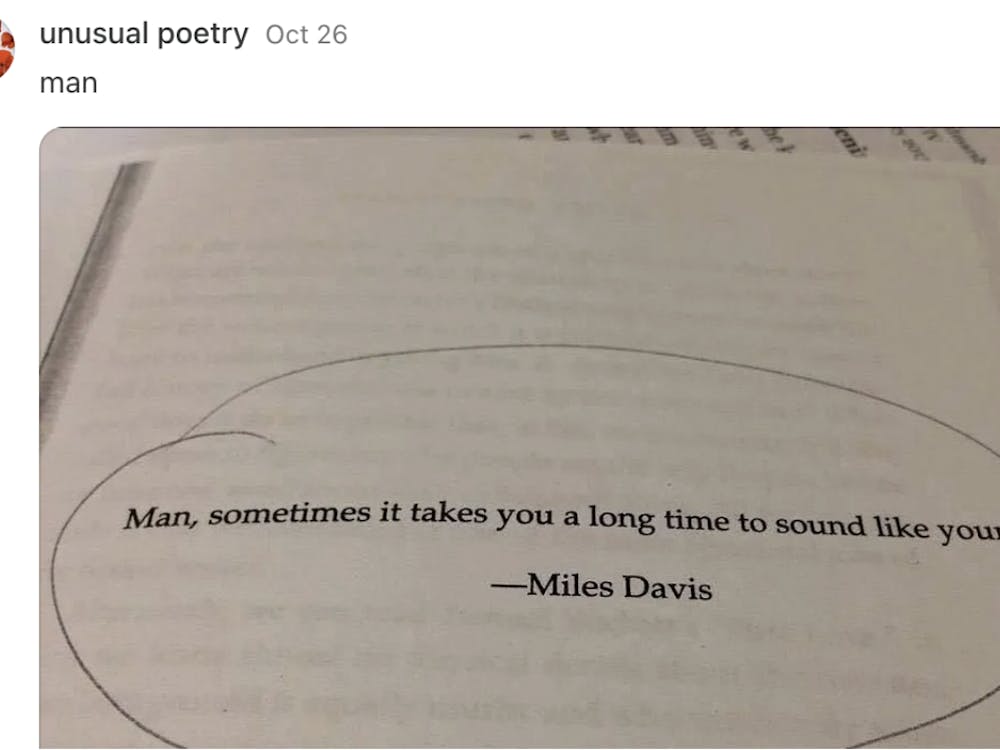Earlier this week, a message was painted on the Blue Jay statue outside of the FFC that said, “End Israeli apartheid.” The message has caused substantial controversy and has forced University officials to consider creating guidelines for painting the statue. The Editorial Board firmly believes that the creation and implementation of such guidelines is unnecessary and defeats the original purpose of the statue itself.
The statue serves as a monument to free speech and student expression — its function is to be a forum for ideas and a platform for conversation. As long as what’s written is legal, students should be able to paint whatever they want; this is the entire point of the statue.
The notion that guidelines may serve to help the conversation is completely at odds with reality. University-mandated guidelines would necessarily be overly restrictive and would prevent the statue from fulfilling its purpose.
If students find what’s written on the statue to be offensive, they have every right and opportunity to paint over it with a message of their own. The purpose of the sculpture is to foster conversation, not to suppress it. Controversy is inevitable and disagreement is not only expected but also encouraged. As a community of thinkers, we don’t all need to agree with one another, we just need to have the capability to respectfully engage in a conversation. We need to learn how to politely attack ideas and not people, and we certainly don’t need to be protected from beliefs that challenge our own. The Editorial Board’s position on Israeli apartheid is irrelevant; we are simply pro-conversation.
Moreover, we believe that while the University should only monitor the statue to ensure nothing illegal is being written, officials should paint over the statue regularly, wiping the slate clean and allowing for further discussion and artistic expression to continue. With a weekly paint-over, Jay the Blue Jay will be ready to bear the next controversy on his shield. Making the room for new ideas is what this statue is all about, and the University could facilitate this fluidity of ideas by simply painting Jay in a solid color at the beginning of each week.
However, we believe that that should be the extent of the University’s function as it pertains to the statue. We feel that Hopkins students are engaged enough to make this statue a place where important messages — political and otherwise — can be highlighted. We also believe that if changes need to be made to the statue and what can be written on its surface, those changes need to be thought of and approved by students. We are the ones who write the messages, and so if anything, we should be the ones in charge of discussing what can and cannot be written. Importantly, however, the Editorial Board strongly believes that the fewer guidelines there are in place, the better. Fewer restrictions mean more open discussion and honest and open discussion is precisely how we grow as thinkers.




